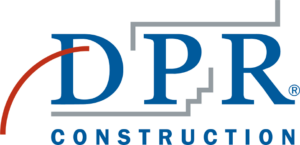This resource is available courtesy of DPR Construction.

It is not yet common practice for general contractors to be brought onto a project team during early design phases; however, integrated project delivery—the process of bringing on critical team members early on in a project process—is best practice for creating a truly collaborative project team, and therefore, the best end product. General contractors bring their knowledge about construction costs, material availability, constructability, and the expertise of their trusted tradesman to help the design process. General contractors, when embedded in early conversations about building performance, can help building owners meet their project performance targets and budget goals.
Use pre-construction to set the stage for success
Project Pursuit
- Enhance your marketing strategy. Develop a marketing and business development strategy that showcases how owners should engage with you early in the design process, which can help owners achieve compliance with the Building Energy Performance Standards (BEPS) in a cost-effective way. Ensure they see the value that you provide by assisting with feasibility studies, which can include information about energy efficiency strategies, projected costs, and return on investment timelines.
Contract Method
- Understand the benefits and drawbacks of various contracting structures. Understand how various contracting options, such as integrated project delivery, design-build, and design-assist, might best benefit your client’s long-term performance goals.
- Engage with your trades. Your subcontractors, trade partners, and subject matter experts are the authorities on building products and systems. They understand design ramifications, construction implications, opportunities for improvement, and cost. They should be engaged early and often to help find the most cost-effective and efficient solutions for your clients.
- Learn how to provide quick financial feedback. Use technology and your subject matter experts to provide quick financial data to your clients. As a general contractor, you control the budget and therefore should be providing lifecycle analysis data for sustainable design strategies in order to better inform the owner and aid with design decision-making.
Value Engineering Process
- Work with the design team on value engineering efforts. Help the design team focus value engineering efforts towards maintaining building efficiency. It’s important to keep energy and cost ROI in perspective when making these decisions. Communicate with the owner and ensure they understand the potential operational impacts of value-engineering major building systems, especially as it relates to compliance with BEPS and the District’s new building codes.
Prefabrication
- Present potential prefabrication solutions to the owner and design teams. Prefabricated building components not only lower energy intensity during the construction process, but they allow for more uniform construction quality and the ability to conduct testing off-site to ensure efficiency and eliminate rework.
Trade Partner Vetting
- Vet your potential subcontractors. Ensure that the trade partners you hire are focused on the overall sustainability goals of the project and have a budget in their scope to provide expertise, such as design consultation or product selection, to meet project performance goals.
Ensure construction maximizes efficiency and equity
Optimizing Site Operations
- Reduce energy use in your construction site operations. Start by tracking energy use and run time for fossil fuel-powered equipment to determine emissions. Provide renewable energy, including mobile generators, where possible for temporary power. Use LED lighting on a schedule with motion detection sensors. Reduce the use of standby power settings and turn everything off when not in use, including HVAC systems. Use electric equipment when available. Reduce or eliminate the idling of construction vehicles.
Testing of Building Components
- Create mockups of key energy and façade elements. Mockups should be used as a tool to test and ensure the highest level of construction quality possible. They are an opportunity for on-site training and workforce development, to reduce potentially intensive rework, and an opportunity to verify that the component meets or exceeds the specifications and design intent.
Site Visits
- Make the most of site visits. Collaboration between the contracting and design teams throughout construction not only educates all parties about desired outcomes and best practices but will help inform future work. Utilize site visits as an opportunity to educate the design team about how design intent might be impacted by the realities of construction and installation issues.
Leave your client with closeout tools for systems optimization
Commissioning
- Clearly define and execute commissioning for electrical, mechanical, water, and façade systems. Ensure the system for measuring, tracking, and documenting what is in the field is organized and can be used as a tool and an opportunity to train the building’s operations personnel.
Turnover
- Streamline turnover for ownership and operations teams. Use tools such as VueOps or Lucid to help measure utility use and provide operations and maintenance guidelines for optimizing performance. Ensure that all operational and maintenance team members have received proper training on how to optimize system performance.

